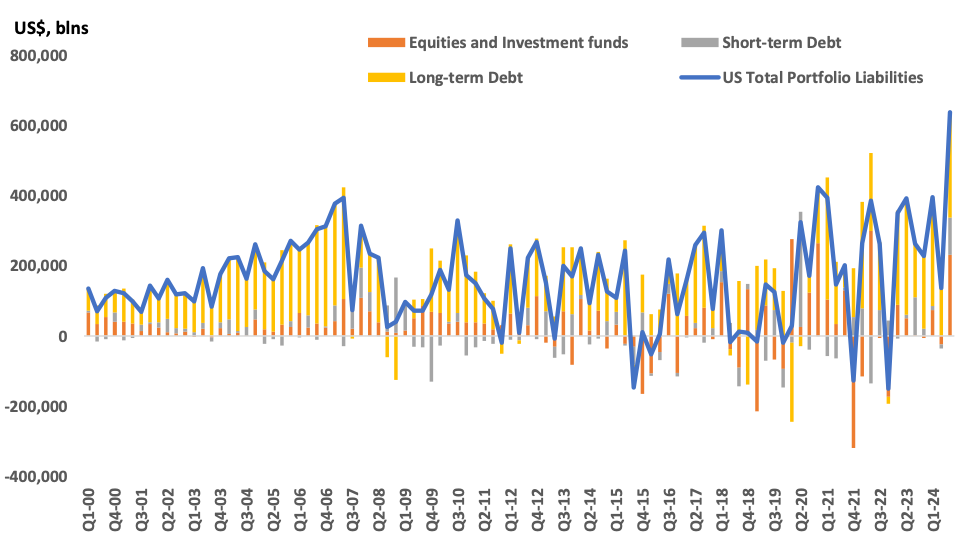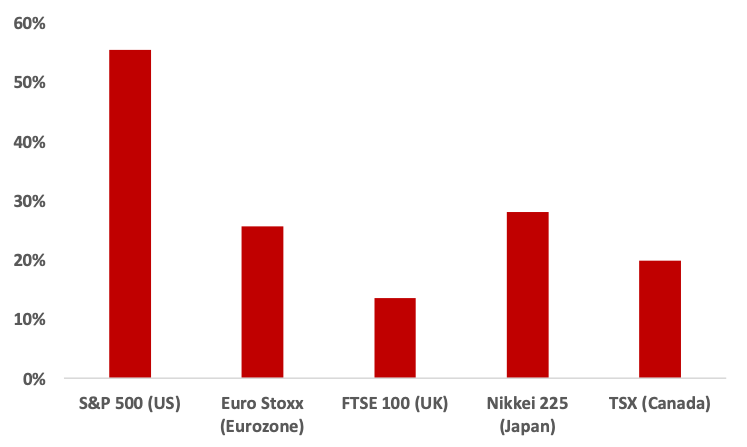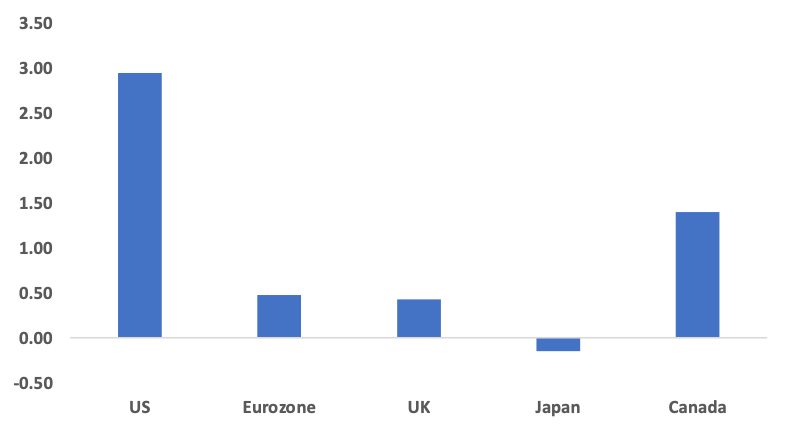
By Devin Partida
Special to Financial Independence Hub
Achieving Findependence [aka Financial Independence] requires a balanced strategy combining short-term stability and long-term growth.
Saving and investing both play crucial roles in this journey, serving different financial goals and timelines.
Explore how you can navigate these strategies to optimize your financial portfolio.
The Role of Saving: Security and Liquidity
Savings are the foundation of Findependence. An accessible savings account provides a safety net for emergencies, such as medical expenses or job loss. Experts recommend maintaining at least three to six months of living expenses in a high-yield savings account or money market fund for quick access.
Here are some key advantages of saving:
- Risk-free growth: In addition to offering modest interest, savings accounts protect your principal from market fluctuations.
- Short-term goals: Savings are ideal for upcoming expenses like vacations, home repairs or a new car.
- Liquidity: Saving provides liquidity during unexpected situations. Certain saving vehicles — like 529 plans — also allow for tax-free growth and withdrawals for qualified expenses.
- No market risk: Unlike investments, savings are not exposed to fluctuations, making them a reliable choice for safeguarding funds.
- Psychological benefits: Having a financial safety net reduces stress and fosters confidence in your ability to handle unexpected events.
- Flexibility: Savings provide liquidity without penalties, making it easy to pivot funds as priorities change.
However, relying solely on saving limits wealth-building potential due to inflation, which can erode the purchasing power of idle cash over time.
The Role of Investing: Growth and Wealth Accumulation
Investing is essential for long-term financial growth, particularly for goals like retirement or major life milestones. By allocating funds to stocks, bonds or mutual funds, you can potentially achieve higher returns that outpace inflation.
Here’s how investing can benefit you:
- Compound returns: Investments grow exponentially over time due to reinvested earnings.
- Inflation protection: Historically, investments in the stock market have delivered higher returns than inflation.
- Wealth generation: Investing enables you to build significant assets over decades.
- Diversification opportunities: Investments allow you to spread risk across various asset classes, industries and geographies.
- Passive income generation: Certain investments — like dividend-paying stocks or rental properties — create ongoing income streams.
- Long-term tax benefits: Investment accounts like individual retirement accounts (IRAs) or tax-free savings accounts (TFSAs) offer tax advantages that amplify growth over decades.
Investing does involve risks, including market volatility and potential losses. It requires a clear understanding of your risk tolerance and financial goals.
Savings and Investments: Finding the right balance
A well-balanced approach integrates saving and investing to address immediate needs and future aspirations. Here are steps to consider:
- Assess your financial situation: Calculate your emergency savings and allocate sufficient funds to cover unexpected expenses.
- Define your goals: Short-term goals may require savings, while long-term aspirations like retirement demand an investment strategy.
- Evaluate risk tolerance: Younger individuals with longer timelines can generally afford higher-risk investments, while those nearing retirement may prefer conservative options.
- Diversify your portfolio: A mix of savings and investments minimizes risk while capitalizing on growth opportunities.
Practical Tips for Success in Saving and Investing
Finding the perfect balance between saving and investing can seem daunting, but taking specific action steps can make the process manageable and effective. Here are additional practical tips to enhance your financial strategy: Continue Reading…










